6 Cars With Notoriously Bad Transmission Problems
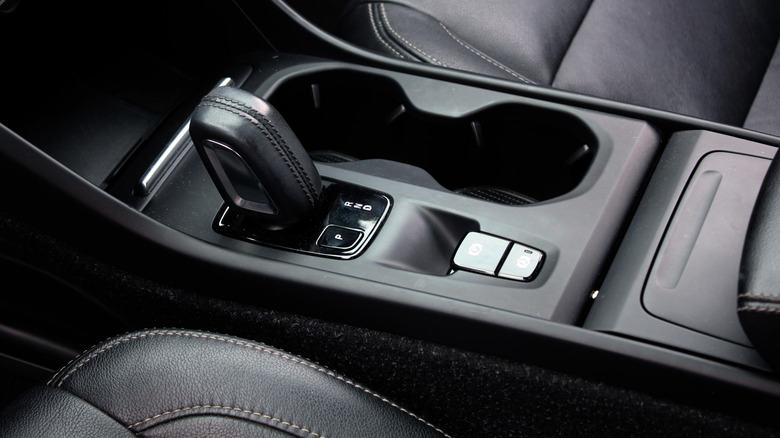
As an integral part of the car’s drive train, the transmission is crucial for the proper functioning of the vehicle. Its sole purpose is to transfer the engine power to the driving wheels through the set of gears. Over the years, the original concept has been improved from the basic manual gearbox to modern, precise, efficient, and electronically controlled automatics. You might think that manufacturers have managed to make transmissions super-reliable by now.
However, this is not always the case. Whether it is poor engineering, sub-standard components, or lack of refinement or testing, cars from reputable brands like Ford or BMW have poor transmissions, which has led to lawsuits, recalls, and a declining reputation. The worst thing is that sometimes companies were aware of such problems, but ultimately decided not to address the problem prior to release — hoping that extended warranties and software updates would sort things out. Well, sometimes that doesn’t help, which is why these six cars are notorious for having bad transmission problems.
Ford Focus
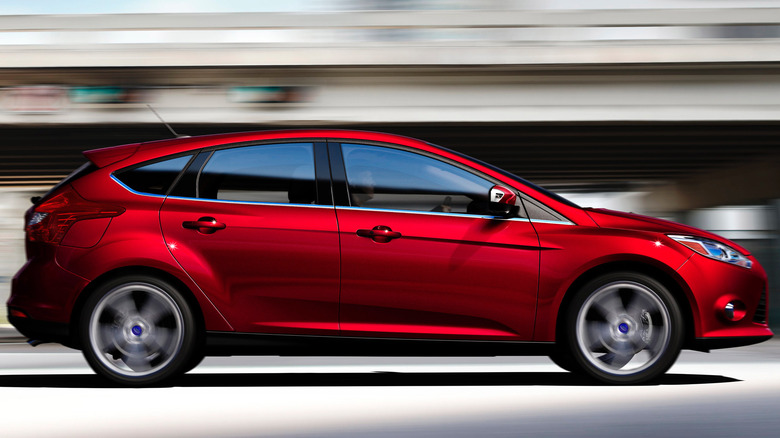
The Ford Focus is considered fairly dependable, but the 2012-2016 models equipped with the automatic DCT (dual-clutch transmission) are notorious for their quality. The problem was that Ford used a dry-clutch system instead of a wet-clutch system (dipped in hydraulic fluid) like its competitors. This system has resulted in excessive wear of the components, resulting in owners reporting numerous problems like shuddering when accelerating, harsh shifts, falling out of gears, and issues when accelerating.
Ford knew about the problems and released more than 20 internal technical bulletins regarding the DCT transmission in its cars. But this was not the end; Ford even issued recalls and was eventually forced to pay $30 million in a lawsuit settlement. Ford lost a lot of money in recalls and warranty claims, not to mention the bad reputation and low ratings that the Focus received from the press, but Ford never decided to invest in redesigning the complete transmission before the Focus was discontinued altogether.
Nissan Altima
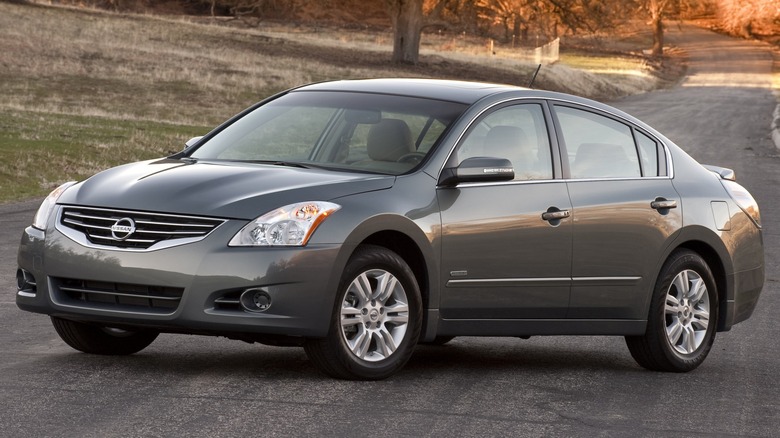
Despite the fact that the Altima is a very popular commuter car, the earlier versions made from 2002-2017 all suffered from problematic CVT transmissions. The CVT (Continuously Variable Transmission) is the type of automatic gearbox that is known for its simplicity and efficiency, and has been used by numerous car brands. However, the Altima wasn’t up to the task, with countless problems like slow performance, stuttering between the gears, strange sounds, and more. Some model years even experienced snapping belts and broken pullies, as opposed to the standard transmission gears used in traditional manual/automatic transmissions.
Experts claim that the reason was cost-cutting engineering, sub-standard components, and failure to calculate the wear. All of that meant that Altima’s gearbox couldn’t endure high mileage, and usually gave up at around 80,000-100,000 miles of use. The current Altima model also uses a CVT, but a much improved, modern version. For now, the 2024/2025 model year is significantly more durable and reliable.
Ford Mustang
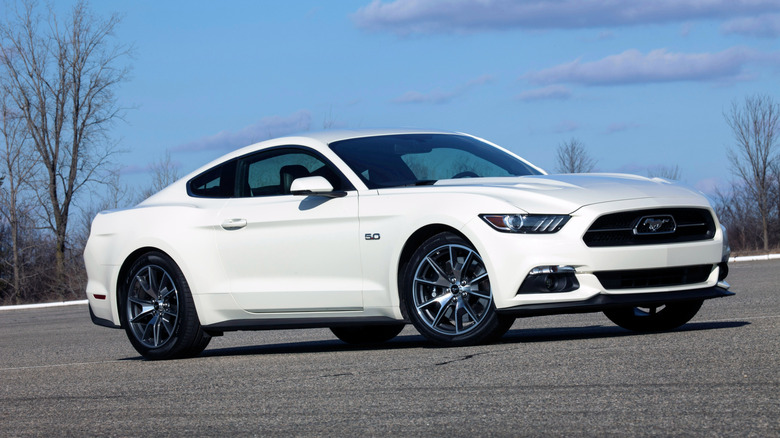
The issues with the Ford’s MT82 6-speed manual are well known among Mustang fans. This transmission was installed in 2011-2020 model year Mustangs, and was used on the V6, EcoBoost, and GT models. Even though the engineering was straightforward, the materials used (aluminum casting and internal bell housing) were apparently not up to standards. The V6 and EcoBoost models equipped with MT82 didn’t usually have problems, but V8-powered Mustangs — especially those with more power than the standard — often experienced complete transmission breakdowns.
If you know anything about the Ford Mustang, you know its owners often modify their cars and drive them in a spirited manner. The MT82 transmission, even though it provided the 6-speed manual engagement, wasn’t built well enough for use in a thoroughbred muscle car. Again, Ford was aware of the problems and issued several internal service bulletins over the years. In the end, the MT82 was replaced by the Getrag unit (2021 onwards), which uses a more reliable transmission.
BMW M5 E60
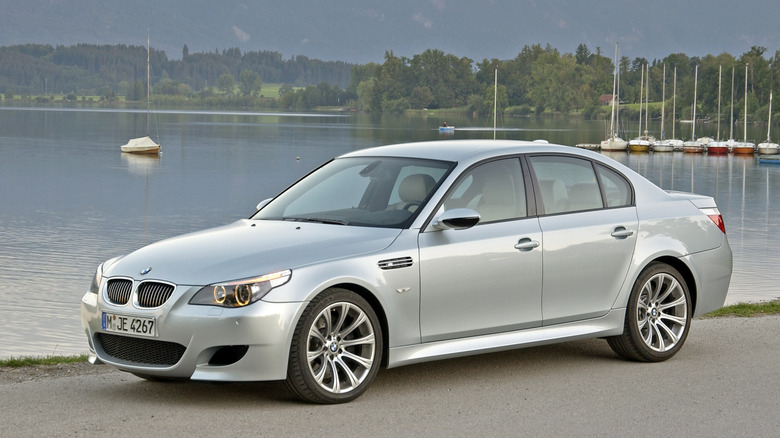
You might notice that the used BMW E60 M5 prices are very tempting, and we cannot blame you for wanting that amazing 507-horsepower V10 land missile. However, before you decide to spend your money on an almost 20-year-old BMW, you have to know why its SMG transmission is considered one of the most notoriously bad transmissions in a car. The SMG (Sequential Manual Gearbox) had problematic performance even when properly working, with stuttering at low speeds, holding on to the gears for long, and losing power without reason.
Higher mileage examples often experience broken synchronizer rings, low hydraulic pressure, leaks, overheating, and even some electrical issues. Even when those cars were new, you could feel something was wrong since they would lose power and start to stutter during standard highway cruises. On the upside, the SMG did shift gears very fast, but depreciated even faster due to well-documented reliability problems.
Nissan Rogue
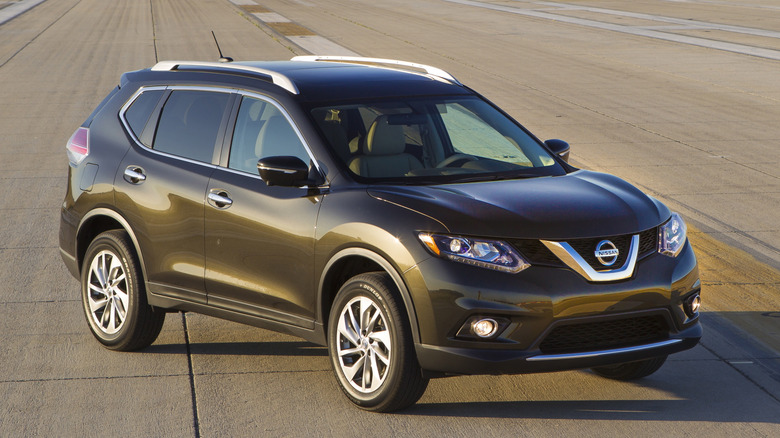
Some car mechanics even state that the number of transmission problems on the Nissan Rogue exceeds the issues on the Altima. Both cars use the same CVT gearbox, but the Rogue’s propensity for issues is worse. This is primarily due to the fact it is a bigger vehicle with more weight, which puts additional stress on components, including the transmission. The most problematic model years are from 2012-2018 when Nissan issued several recalls.
The CVT in the Nissan Rogue is known for stalling, falling out of gear, or delivering poor performance and hesitation when accelerating. In some cases, owners also reported overheating, which can ruin the entire gearbox. Due to a number of moving parts, high speed, and friction, the gearbox internals get hotter in temperature, and the transmission fluid is there to cool them down along with lubrication. However, Nissan dealerships offered software updates and fluid changes, which sometimes helped cure the issues with the gearbox’s erratic behavior. If you are looking to buy an older Nissan Rogue, you should be aware.
Ford Fiesta
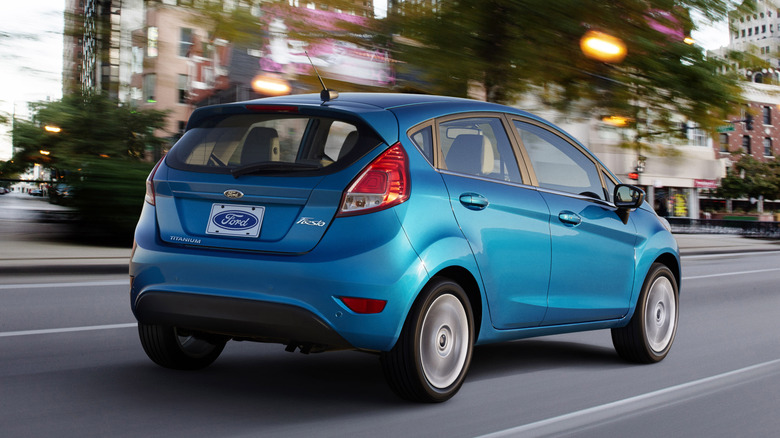
Knowing the problems with the DCT in the Ford Focus, it is strange that Ford continued to use similar transmissions in the Fiesta. A poor reputation due to a problematic gearbox was one of the reasons why this model was discontinued in the U.S. in 2023. The common symptoms were apparent — poor performance, grinding sounds, overheating, falling out of the gears, and, in some cases, complete failure. Ford responded by extending the warranty to 10 years or 150,000 miles, and although it sounded generous, it didn’t help since owners continued to notice problems with the transmission.
The dry-clutch design wasn’t very dependable, and Ford knew that over time, it would develop problems. However, problems arose sooner than expected, and Fiesta drivers started noticing transmission issues as early as 50,000 miles. Interestingly, there are a few examples with high mileage and perfectly functioning gearboxes, but those can be considered a curious exception to the rule.
Most Unreliable Cars With Bad Engines & Transmissions Update
An automotive expert updates the worst car and SUV models known for bad engines and transmissions that will fail on you, which could carry over onto the 2025 models leaving you with large repair bills in your near future.
Posted: September 14, 2024 – 7:19AM
Author: Timothy Boyer
Advertising

Follow us today.
Advertising
The most expensive car repairs tend to involve significant parts of a vehicle’s engine, transmission, or electrical system. To provide you with some idea of just how expensive repairs of these types can be, here is a list of some of the top 10 most costly repairs you can expect in many models today:
1. Engine Overhaul or Replacement: Cost: $3,000 to $7,000+
2. Transmission Repair or Replacement: Cost: $1,800 to $5,000+
3. Hybrid or Electric Battery Replacement: Cost: $2,000 to $8,000+
4. Turbocharger Replacement: Cost: $2,000 to $6,000+
5. Cylinder Head Gasket Replacement: Cost: $1,500 to $3,000+
6. Suspension System Repairs (Air Suspension): Cost: $1,000 to $4,000+
7. Timing Belt or Chain Replacement: Cost: $500 to $2,000+
8. Fuel Injector Replacement: Cost: $1,000 to $2,500+
9. Catalytic Converter Replacement: Cost: $900 to $2,500+
10. Air Conditioning Compressor Replacement: Cost: $1,200 to $2,000+
While ensuring that your car is properly maintained will go a long way toward avoiding many high-ticket item repairs, the fact of the matter is that some models are more prone to have problems than other models, regardless of the make. Even Toyota has its occasional model problems, as we’ve learned lately.
Avoiding the Reliably Unreliable
To help you avoid the most unreliable cars and SUVs you should never buy used and even for 2025, a recent episode of the Car Help Corner YouTube channel has focused on the predicted problem models you can expect; based on engine and transmission generations that have a proven history of unreliability and may carry over onto next year’s models.
“I’m going to share the most unreliable vehicles that you can buy that have the highest failure rates for their engines and transmissions. So, if you want to avoid spending several thousand to even tens of thousands in repairs for a vehicle that might just be a total pile of junk, these are the vehicles, whether you’re buying new or used, that you should avoid,” warns the host.
Advertising
That said, follow along with the host in the video posted below, or save some time by skipping down to the summary of those models and their problems you will want to avoid.
Most Unreliable Cars With Bad Engines & Transmissions That Fail
Unreliable Car with Bad Engines and Transmissions Summary
Nissan: Models (especially the Altima) ranging from 2003 to 2018 with the notorious CVT (Continuously Variable Transmission) in which problems have proven to be problematic. It is a transmission designed with a less reliable pulley system connected via a steel band, rather than using the more dependable hydraulic-based system to engage the gears in older model cars and trucks. The kicker on CVTs is that they cannot be repaired but rather are replaced at a cost between $7,000 and $8,000.
Honda or Kia: Any model (especially the Seltos and the Soul) with a recalled 1.6L, 2.0L, and 2.4L 4-cylinder engine from 2010 to 2021; millions of which were recalled due to being prone to internal engine problems and were a fire risk. No other brands have had as many vehicles recalled.
Volkswagen: Any turbo model with the 1.5L TFSI (EA211) engine, especially the 1.5L variants used in the Jetta and Taos models. Both possess a wide range of engine and electrical problems that are prohibitively expensive to have repaired.
Ram 1500: “Lifter failure, which is caused by poor oil flow, can lead to camshaft damage and engine failure. They are also known for having problems with cracking or warping exhaust manifolds and broken manifold bolts, which is another serious and expensive issue,” warns the host. Expect poor customer service when needing repairs and the tendency of Stellantis to refuse warranty claims. The 2025 models will not have the Hemi engine but now have an overly complex, unproven engine replacement that is likely to do poorly in its first year or so as bugs will need to be worked out.
Ford: Any models with the “EcoBoost” engine, which comes in 3, 4, and 6-cylinder turbocharged varieties―especially the Escape and Bronco models. The 3-cylinder engines have the lion’s share of problems, while the 6-cylinder (in the F-150 trucks) is less so, and the 4-cylinder is somewhere in between.
GM: The Ecotech V8 engines are the problem child of GM after their adoption of the cylinder deactivation technology in the 5.3L and 6.2L V8s.Valve lifter problem class action lawsuits are their history that continues today.
GM and Ford Shared Transmission: Any models of GM or Ford that share the 10R80 10-speed automatic transmission from 2017 and onward that they developed for their full-sized trucks. A range of rough transmission running problems up to the point of total transmission failure has been the bugaboo for both popular truck manufacturers.
European Models: Any brand of luxury European vehicle (Audi, BMW, Volvo, Land Rover, and Mercedes) that has passed its warranty period. Expect regular repairs as they age quickly after their first 4-5 years. A new engine will cost up to $20,000-$30,000 for a replacement. “It’s sad to say, but these really do seem to be disposable vehicles that are just not made to last, and they are certainly not made for the average consumer to own post-warranty. That’s why I only recommend leasing them for 3 to 4 years under warranty and just returning them; Anything beyond that is not worth the trouble,” states the host.
For additional articles related to cars to avoid, here are a few useful ones for your consideration:
- Most Unreliable Cars To Own Over 5-10 Years
- Least Reliable Cars That Don’t Make It Past Their Warranty
- Toyota Turbo Assessment by Toyota Expert Explains This Potential Engine Killer
Timothy Boyer is an automotive reporter based in Cincinnati. Experienced with early car restorations, he regularly restores older vehicles with engine modifications for improved performance. Follow Tim on Twitter at @TimBoyerWrites for daily news and topics related to new and used cars and trucks.
Image source: Deposit Photos
https://www.slashgear.com/1762789/cars-with-bad-transmission-problems/https://www.torquenews.com/14093/most-unreliable-cars-bad-engines-transmissions-update



